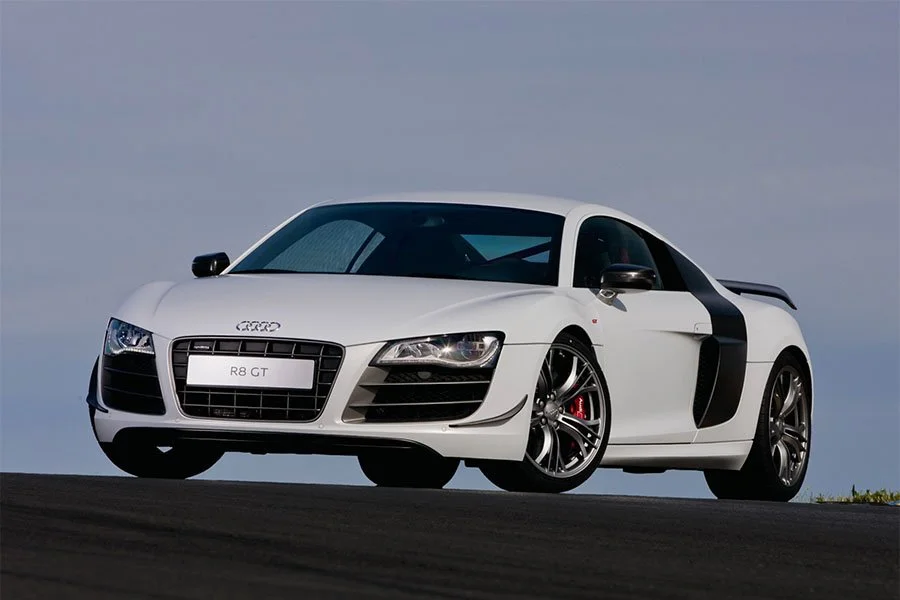One to Buy: 41,000km Panthero Metallic 1990 Audi Quattro RR
/ Ben Tyer
From a commercial and sporting sense, Audi’s Quattro was the first machine to successfully harness four-wheel drive which means it ranks among the most significant cars of the 20th century.
Famously, despite opposition from radical Group B creations designed purely with the special stages in mind, the production-based Quattro was able to deliver WRC Manufacturer titles Audi’s way in 1982 and ‘84 along with the ‘83 and ‘84 Drivers’ crowns (for Hannu Mikkola and Stig Blomqvist respectively).

During a production run from 1980 to 1991, nearly 11,500 Quattros were produced in three distinct guises: the UR (1980 to ‘87), the slightly larger engined MB (1987 to ‘89) and the dual overhead cam RR with four valves per cylinder (1989 to ‘91).
Today, any mint, low mileage and unmolested iteration of the Quattro has become a highly prized collector’s piece. Set to go under the hammer at Broad Arrow Auctions’ sale on May 25th at the Concorso d'Eleganza Villa d'Este is potentially one of the best of all: a 41,000km RR from the penultimate year of production.

Originally delivered to Switzerland, chassis ‘000058’ was completed on July 20th 1990 in the handsome combination of Panthero Metallic over a Jacquard-Satin fabric with Granite Kodiak partial leather trim. Optional extras included an electric sunroof, green-tinted heat insulating glass, cruise control, air-conditioning and a laminated safety glass windscreen.
Since 2009, chassis ‘000058’ has been the recipient of substantial investment to include a respray in its original colour and a major mechanical overhaul.





















































